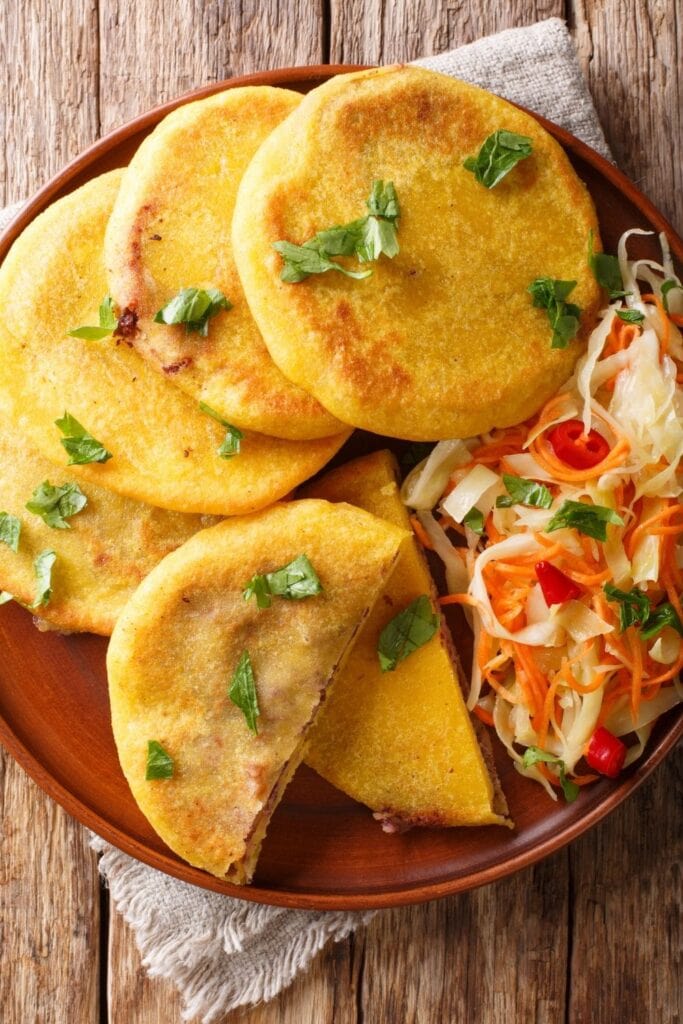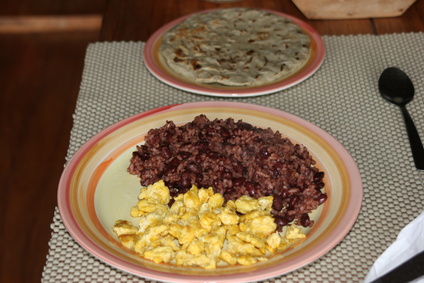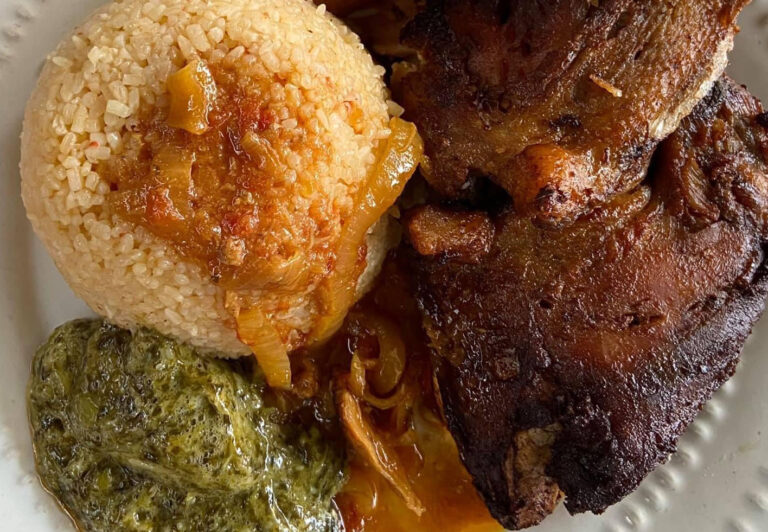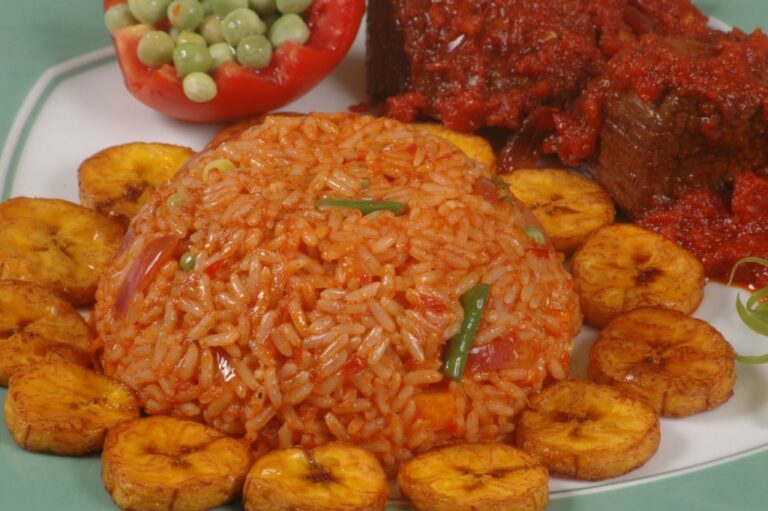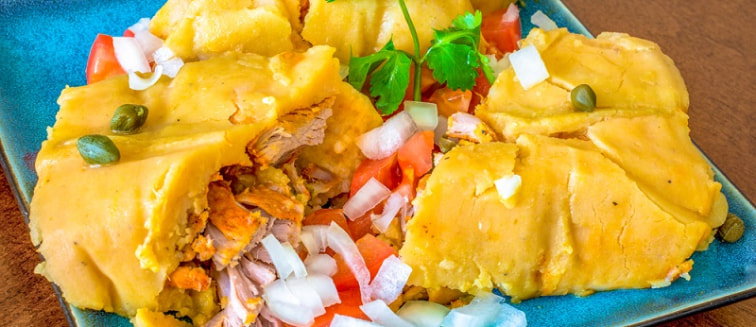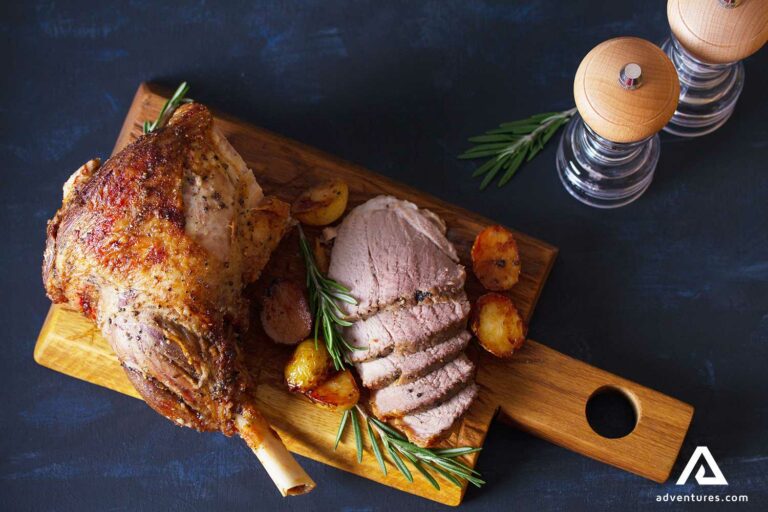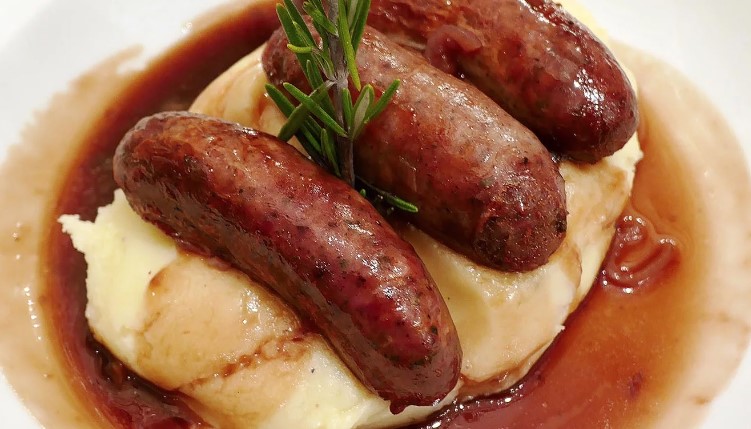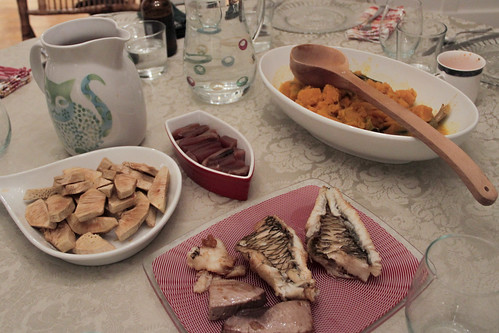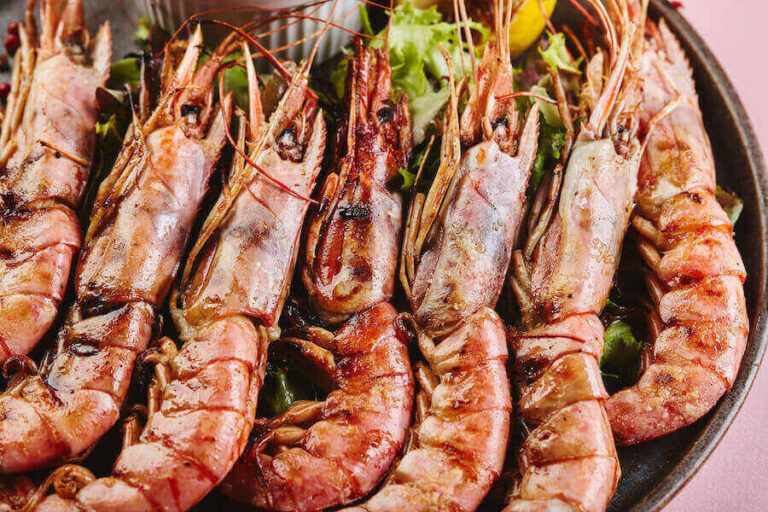Introduction: Seafood and Guatemalan cuisine
Guatemalan cuisine is a blend of Indigenous, Spanish, and African influences, and features a diverse range of flavors and ingredients. While meat, beans, and rice are staples in Guatemalan cuisine, seafood also plays a significant role in many traditional dishes. With two coastlines and numerous rivers and lakes, Guatemala has access to a variety of fresh seafood that is unique to the region.
Geography and seafood in Guatemala
Guatemala is located in Central America, between Mexico and Honduras, and is known for its diverse geography, ranging from volcanic mountains to tropical rainforests. The country is bordered by the Pacific Ocean to the west and the Caribbean Sea to the east, making seafood a prominent part of the cuisine in coastal regions. In addition, Guatemala has several large lakes, including Lake Atitlán and Lake Izabal, which are known for their freshwater fish.
Traditional seafood dishes in Guatemalan cuisine
One of the most popular seafood dishes in Guatemala is ceviche, a dish made with raw seafood marinated in lime juice and spices. Other traditional seafood dishes include camarones al ajillo (garlic shrimp), pescado en escabeche (pickled fish), and caldo de mariscos (seafood soup). Many of these dishes feature ingredients like coconut milk, plantains, and local herbs and spices.
Seafood in coastal vs. inland regions of Guatemala
While seafood is a prominent ingredient in Guatemalan cuisine overall, it is more prevalent in coastal regions like Puerto Barrios, where seafood markets offer a variety of fresh fish and shellfish. Inland regions like Quetzaltenango and Antigua tend to rely more heavily on beef, chicken, and pork in their cuisine.
Sustainability and the seafood industry in Guatemala
The seafood industry in Guatemala has faced challenges in recent years, including overfishing and environmental degradation. As a result, efforts have been made to promote sustainable fishing practices and protect endangered species like sea turtles. Organizations like the MarFund have also been established to support conservation efforts and promote sustainable development in coastal communities.
Conclusion: The role of seafood in Guatemalan culture and cuisine
Seafood has a long history in Guatemalan cuisine, dating back to pre-Columbian times when the Mayans relied on fish and shellfish for sustenance. Today, seafood continues to be a prominent part of Guatemalan culture and cuisine, with a variety of traditional dishes that showcase the country’s diverse range of ingredients and flavors. While challenges remain in the seafood industry, efforts to promote sustainability and protect the environment are helping to ensure that future generations can continue to enjoy the unique flavors of Guatemalan seafood.

